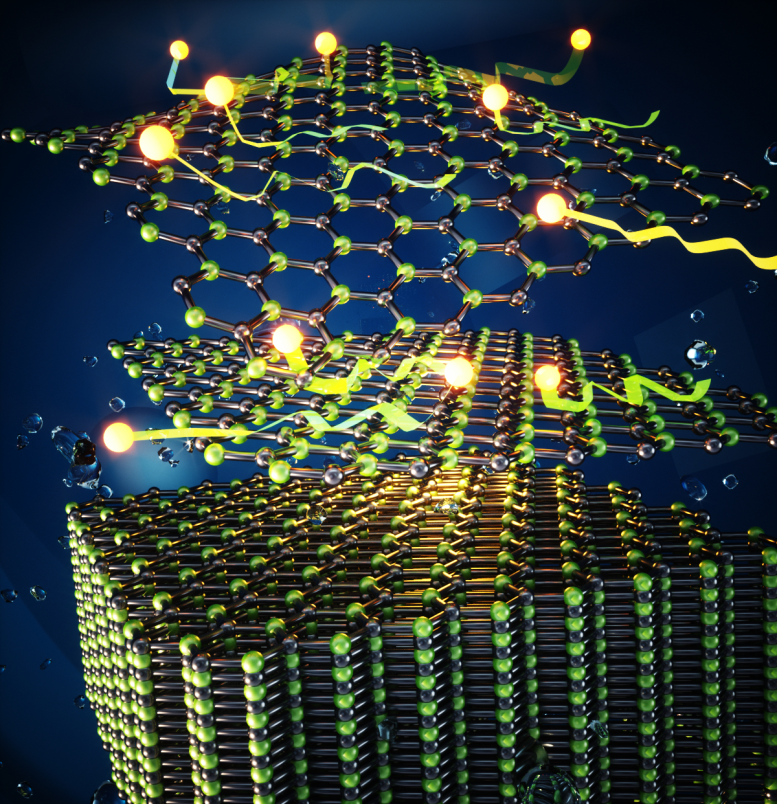
The image displays the exfoliation of hexagonal boron nitride into atomically thin nanosheets aided by surfactants, a process refined by chemists at Rice University. Credit: Ella Maru Studio
Rice lab’s experiments refine processing of hexagonal boron nitride.
Just a little soap helps clean up the challenging process of preparing two-dimensional hexagonal boron nitride (hBN).
Rice University chemists have found a way to get the maximum amount of quality 2D hBN nanosheets from its natural bulk form by processing it with surfactant (aka soap) and water. The surfactant surrounds and stabilizes the microscopic flakes, preserving their properties.
Experiments by the lab of Rice chemist Angel Martí identified the “sweet spot” for making stable dispersions of hBN, which can be processed into very thin antibacterial films that handle temperatures up to 900 degrees Celsius (1,652 degrees Fahrenheit).
The work led by Martí, alumna Ashleigh Smith McWilliams and graduate student Cecilia Martínez-Jiménez is detailed in the American Chemical Society journal ACS Applied Nano Materials.
“Boron nitride materials are interesting, particularly because they are extremely resistant to heat,” Martí said. “They are as light as graphene and carbon nanotubes, but you can put hBN in a flame and nothing happens to it.”
He said bulk hBN is cheap and easy to obtain, but processing it into microscopic building blocks has been a challenge. “The first step is to be able to exfoliate and disperse them, but research on how to do that has been scattered,” Martí said. “When we decided to set a benchmark, we found the processes that have been extremely useful for graphene and nanotubes don’t work as well for boron nitride.”
Sonicating bulk hBN in water successfully exfoliated the material and made it soluble. “That surprised us, because nanotubes or graphene just float on top,” Martí said. “The hBN dispersed throughout, though they weren’t particularly stable.
“It turned out the borders of boron nitride crystals are made of amine and nitric oxide groups and boric acid, and all of these groups are polar (with positive or negative charge),” he said. “So when you exfoliate them, the edges are full of these functional groups that really like water. That never happens with graphene.”
Experiments with nine surfactants helped them find just the right type and amount to keep 2D hBN from clumping without cutting individual flakes too much during sonication. The researchers used 1% by weight of each surfactant in water, added 20 milligrams of bulk hBN, then stirred and sonicated the mix.
Spinning the resulting solutions at low and high rates showed the greatest yield came with the surfactant known as PF88 under 100-gravity centrifugation, but the highest-quality nanosheets came from all the ionic surfactants under 8,000 g centrifugation, with the greatest stability from common ionic surfactants SDS and CTAC.
DTAB — short for dodecyltrimethylammonium bromide — under high centrifugation proved best at balancing the yield and quality of 2D hBN.
The researchers also produced a transparent film from hBN nanosheets dispersed in SDS and water to demonstrate how they can be processed into useful products.
“We describe the steps you need to do to produce high-quality hBN flakes,” Martí said. “All of the steps are important, and we were able to bring to light the consequences of each one.”
Reference: “Understanding the Exfoliation and Dispersion of Hexagonal Boron Nitride Nanosheets by Surfactants: Implications for Antibacterial and Thermally Resistant Coatings” by Ashleigh D. Smith McWilliams, Cecilia Martínez-Jiménez, Asia Matatyaho Ya’akobi, Cedric J. Ginestra, Yeshayahu Talmon, Matteo Pasquali and Angel A. Martí, 7 January 2021, ACS Applied Nano Materials.
DOI: 10.1021/acsanm.0c02437
Co-authors of the paper are Rice graduate student Cedric Ginestra; graduate student Asia Matatyaho Ya’akobi and Yeshayahu Talmon, professor emeritus of chemical engineering, at Technion-Israel Institute of Technology; and Matteo Pasquali, the A.J. Hartsook Professor of Chemical and Biomolecular Engineering, of chemistry and of materials science and nanoengineering at Rice. Martí is a professor of chemistry, of bioengineering and of materials science and nanoengineering.
The National Science Foundation, Air Force Office of Scientific Research and the National Council of Science and Technology (CONACyT) of Mexico supported the research.

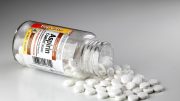
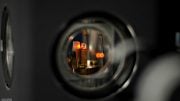
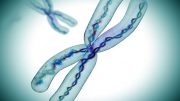
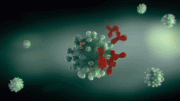
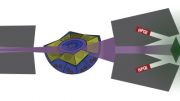
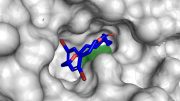
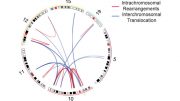
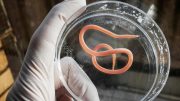
Be the first to comment on "A Little Soap Simplifies Making 2D Nanoflakes of Hexagonal Boron Nitride"